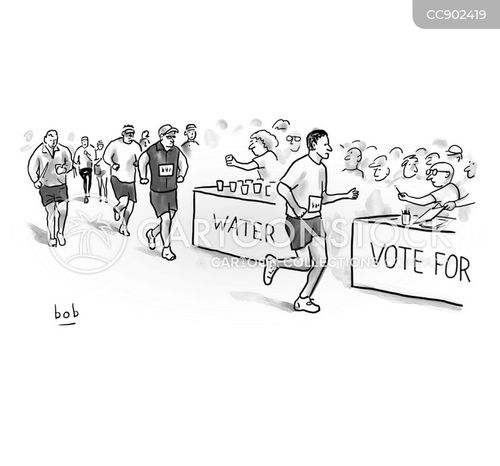

We typically recommend runners choose a style that has between 20-30 mmHg-“millimeters of mercury”-for running and recovery.

What to Consider When Shopping for Compression Socks How much compression do you need? Caitlin is also married to an ICU nurse who wears compression socks to prevent swelling after long days on her feet. Caitlin Giddings is a freelance writer, former editor, and marathoner / ultrarunner who has experimented with every recovery technique under the sun-including racing and recovering in compression socks. Maggie Slepian and Morgan Petruny are runners, gear testers, and editors in the outdoor realms, with thousands of miles of running, racing, and trail experience. Britt Tonnessen is a vascular surgeon and runner who we chatted with to get the backstory on compression socks for runners. Here are a few other things to keep in mind when you’re shopping for compression socks. Beyond that, there’s a world of choice between different socks and how much compression they offer, what kind of performance fabrics are used, antimicrobial and wicking properties, breathability, and cushioning. Some are made to be worn during running, others are for the hours (or days) after your big event, and still others are for medical uses beyond running, like battling edema, varicose veins, and deep vein thrombosis. Not all compression socks are created equal.

Aside from the sensation of your legs being drawn into a supportive hug-think a weighted blanket for your active muscles-the right style of compression socks can improve blood flow, which gives your legs an active, energized feeling and helps boost recovery. Compression socks are a deceptively simple accessory that have myriad recovery benefits for runners, as well as functioning as a medical aid in a range of scenarios.


 0 kommentar(er)
0 kommentar(er)
